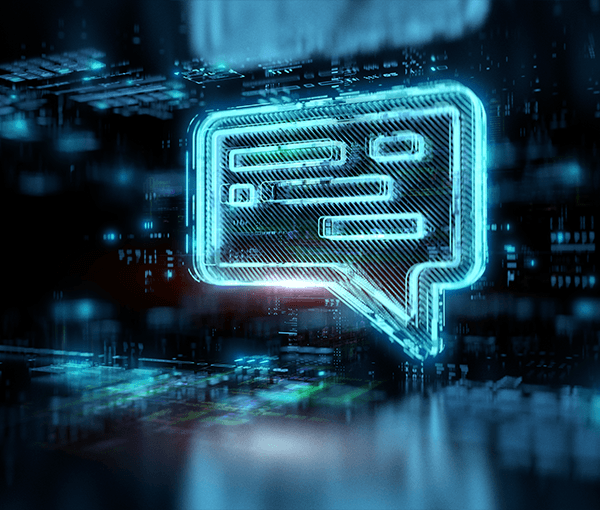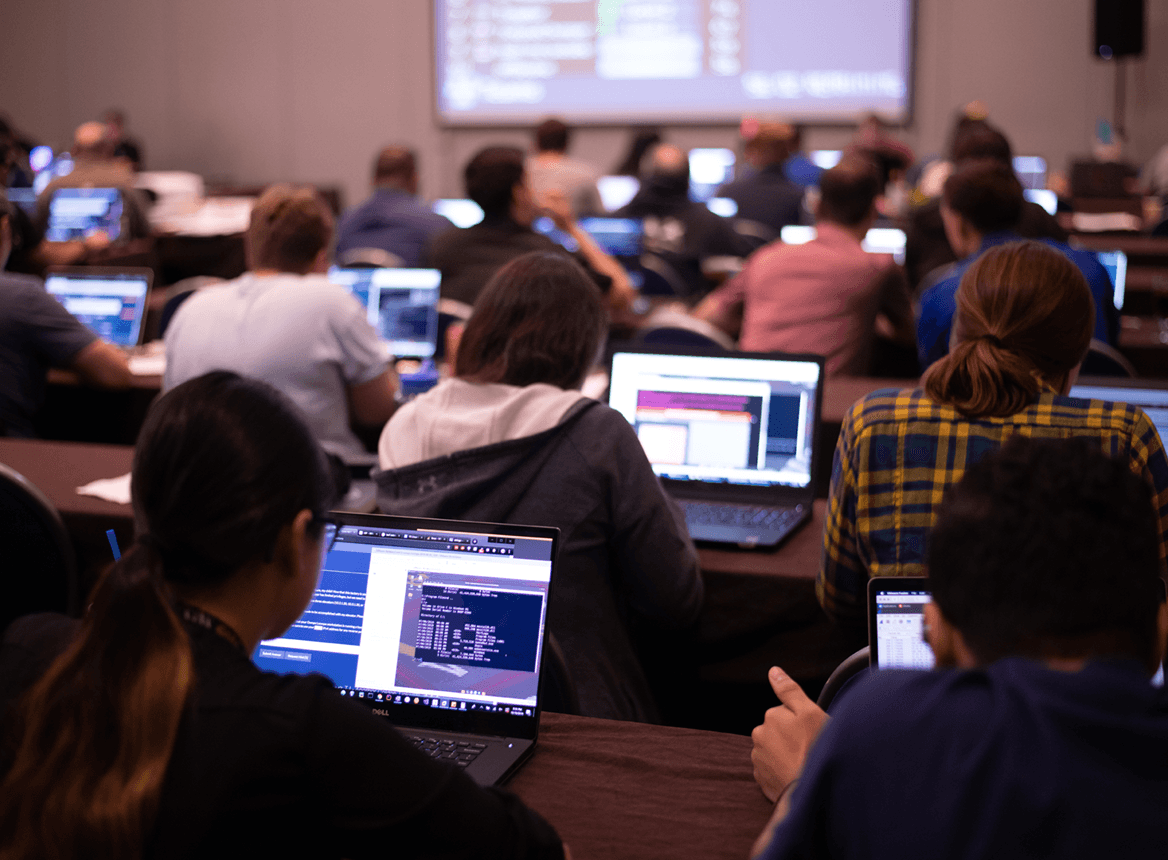SEC595: Applied Data Science and AI/Machine Learning for Cybersecurity Professionals


Experience SANS training through course previews.
Learn MoreLet us help.
Contact usBecome a member for instant access to our free resources.
Sign UpWe're here to help.
Contact UsDigital Forensics and Incident Response (DFIR) is essential to understand how intrusions occur, uncover malicious behavior, explain exactly “what happened”, and restore integrity across digital environments. DFIR combines cybersecurity, threat hunting, and investigative techniques to identify, analyze, respond to, and proactively hunt cyber threats and criminal activity.

DFIR is about more than just cyberattacks—it’s about uncovering the truth behind any digital incident. Whether you’re responding to a ransomware breach, investigating insider abuse, analyzing digital evidence in criminal cases, or even performing proactive compromise assessments, SANS Digital Forensics and Incident Response training, designed by real-world practitioners, equips professionals with the technical skills and an investigative mindset to follow the evidence wherever it leads.
From intrusion response to deep-dive forensic analysis of systems, mobile devices, cloud, and memory, our curriculum balances the needs of both security operations and criminal investigations.
Master evidence collection, timeline analysis, and media exploitation by extracting and analyzing hidden artifacts, reconstructing user activity, and uncovering critical evidence in investigations.
Develop proactive techniques to uncover hidden threats, analyze ransomware tactics, and utilize intelligence to anticipate and counter cyber threats.
Examine malicious code, analyze volatile memory, and investigate cybercriminal activity to understand attacker techniques and enhance detection.
SANS DFIR offers the ultimate in quality instruction and thoughtful curriculum development. I learned so much this week and can't wait to review and apply what I learned. I hope all my coworkers will get a chance to experience this quality of training.

















Steve has transformed global cybersecurity by leading complex digital crime investigations for the FBI and DoD, and by training national cyber units in over 60 countries. His work has set the global standard for incident response and threat hunting.
Learn more

Heather has 20+ years of experience working with government agencies, defense contractors, law enforcement, and Fortune 500 companies. Her case experience ranges from fraud, crimes against children, counter-terrorism, and homicide investigations.
Learn more

For Ovie Carroll, digital forensics is all about the hunt for evidence in digital places that are hiding critical clues, followed by deep analysis to prove something that the evidence was never intended to prove.
Learn more

David brings 25+ years in cybersecurity, shifting from pen testing to DFIR in 1999. He’s VP at Charles River Associates, a SANS instructor and course author, and Red Team Captain for the National Collegiate Cyber Defense Competition.
Learn more

Sarah Edwards is a pioneering force in Apple forensics, having revolutionized the field through the creation of APOLLO—an open-source tool that deciphers macOS and iOS pattern-of-life data.
Learn more

Phil Hagen shaped network forensics with SOF-ELK® and SANS FOR572, setting standards in large-scale log analysis and response. His role in exposing a global fraud ring behind hundreds of millions in losses defines his lasting impact on cybersecurity.
Learn moreSANS is proud to support State, Provincial, and Local Law Enforcement and the badged professionals behind them, especially those experiencing hardship funding their training efforts. To support these professionals in their quest to keep our communities safe, there are two promotional programs that can offer significant flexibility toward SANS courses.

This session explores the strategic shift toward unified DFIR platforms that merge forensic-grade investigation capabilities with incident response. Attendees will gain insight into how integrating evidence collection, artifact triage, endpoint isolation, and threat remediation into a single workflow reduces tool fatigue, shortens dwell time, and improves regulatory compliance.

Overview Identity has become the new battleground. From SaaS to cloud to legacy Active Directory, it is now the central control point—and attackers know it.

The Detection & Response Track at SANS Spring Cyber Solutions Fest 2026 brings together frontline experts, innovative practitioners, and cutting-edge solution providers to explore how modern security teams are adapting to an evolving threat landscape.

The Insider Threat / Malware / Ransomware Track at SANS Spring Cyber Solutions Fest 2026 brings together leading practitioners, researchers, and solution providers to explore how modern threats are evolving inside and outside the organization.

SANS 2026 DFIR Summit Solutions Track delivers a deep technical exploration of the tools, methodologies, and operational models driving next-generation digital forensics and incident response.

Now in its third year, this independent, vendor-neutral survey captures both a snapshot and a trendline—offering critical insights into what’s working, what’s lagging, and where the industry is heading. Join us as we break down the results and uncover how real-world teams are cutting through noise to focus on signals that matter.

Obtain hands-on, practical skills from the world's best instructors by taking a SANS course at SANS Cyber Threat Intelligence Summit & Training 2026.



Coin Challenges take place the final day of select SANS DFIR courses. To earn one, students must prove their proficiency by overcoming a series of timed, hands-on scenarios. At the end of the challenge, the instructor announces the winner(s) and presents the coin in recognition of their achievement, If you’ve been awarded the hard-earned Lethal Forensicator Coin, your name will be added to the Coin Winner List.
